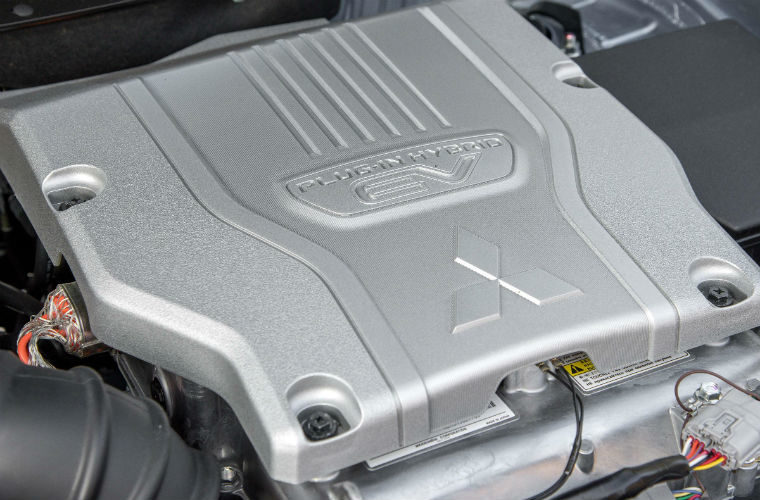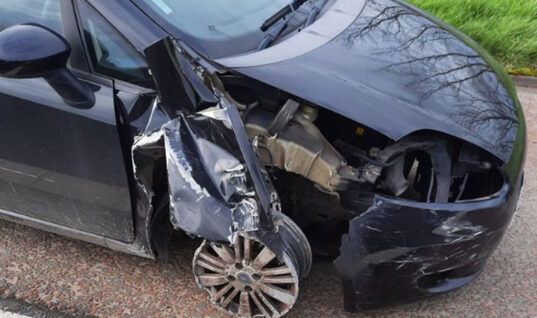It recently became clear that it was time for me to buy a new car; well new to me anyway.

Graham Stoakes: Industry author, lecturer and GW columnist.
My last new car, a Toyota Prius which was also bought secondhand, is about to become thirteen years old, and we all know about the behaviour of teenagers.
So what to buy?
In making my decision, the usual factors came into play such as price, comfort, equipment level and fuel economy.
Although style and looks are also important, as a Prius owner you can see that it’s not always at the top of my list.
The last time I needed a new car, I chose the Prius because I had a potential job offer which would have meant commuting, and my supercharged Mercedes no longer made financial fuel economy sense.
As it turned out, I didn’t end up taking the job and instead found myself the proud owner of my first hybrid car.
On the upside, I felt I was in a small way, doing something for the environment and with the rollout of low emission zones, maybe future proofing my transportation needs.
Zero emissions?
The governments “road to zero” strategy is an outline plan to support the transition from conventional vehicles, reducing emissions with the aim of eventually having zero emission transport.
The road to zero initiative has a major flaw, and it relates to its title.
In my opinion, it is too vague, leaving it open to misinterpretation.
Many will not bother to read the plan but simply rely on the headline.
The term “zero emissions” can be controversial if it is taken out of context and not properly defined until you delve further into the subject.
Related: “No such thing” as a zero-emission vehicle, warn scientists following brake pollution study
A recent Garage Wire article, highlighted that there is no such thing as a zero emissions vehicle and a large proportion of car pollution comes from sources other than the tailpipe; especially particulate emissions from brake dust for example.
I feel that there are two different issues which have to be addressed when it comes to vehicle emissions; toxic pollution and greenhouse gases.
Environmental impact
In order to tackle the situation, it seems to me that they need to be treated in different ways and a simplistic explanation used to describe the harmful effects on our environment.
This way, I’m sure more people would make an effort to reduce pollution.
Toxic pollution is waste produced that has a poisonous effect on our environment for plant and animal life.
In many cases, the general population has accepted the impact of toxic waste as it’s damaging effects are often visible in the short term.
When it comes to toxic waste from transportation, we as an industry for many years now have put control measures in place which can be very effective in limiting this type of pollution from vehicles.
Limiting emissions
With regard to exhaust gases, carbon monoxide, hydrocarbons and a proportion of NOx can be dealt with using a three-way catalytic converter, and other systems such as EGR help reduce the production of NOx still further.
With diesel, a correctly functioning DPF can reduce particulate matter to around zero at the tailpipe.
These systems show that it is possible to limit or reduce toxic emissions with on vehicle technology, and new answers to these issues are being developed all the time.
Related: Brake dust particle filter among latest innovations from MANN+HUMMEL
A good example of this is the new MANN+HUMMEL passive brake dust particle filter, which is being developed to retrieve friction particle emissions directly from the brakes.
The more difficult emissions to control are greenhouse gases, as the conversion of all the most popular fuel sources into energy results in the production of carbon dioxide (CO2).
Carbon dioxide
For most people, it is hard to comprehend why CO2 is a driving force behind climate change.
This is probably down to a number of factors, for example, CO2 is invisible so we simply don’t see it.
Quite often, if you don’t see something, it hasn’t happened.
Greenhouse gasses such as carbon dioxide, contribute to “global warming” by allowing visible light from the sun to enter the atmosphere, but preventing infrared radiation escaping as heat.
Secondly, one of the most commonly used terminologies for the effect it’s having on our planet is global warming, and many can’t see how warmer relates to bad.
It is becoming clear, however, that this warming effect is causing severe weather occurrences and climate related catastrophes are becoming more common, requiring an urgent need for change by all of us.
“Zero emissions at tailpipe can only be a good thing”
With a growing population, and an ever increasing demand for energy, a reduction of carbon dioxide from cars, i.e. zero emissions at tailpipe can only be a good thing.
Technological controls will help limit toxic emissions, and electric drive should reduce CO2 output, especially with more electricity coming from renewable sources.
Even with traditional power stations creating CO2, they are still more efficient than driving.
Leading by example
So what car should I choose?
As an automotive lecturer with Chichester College who delivers IMI training on hybrid and electric vehicles, I should really lead by example by promoting my green credentials.
As I’m still limited in my geographical area to the electric vehicle charge network, I’ve decided to go for a Mitsubishi Outlander PHEV.
This means that home charging should give me a fully electric commute, with a combustion engine as backup for occasional longer journeys.
In order to make a difference, we all need to do something now to help tackle some of the causes of climate change.
The future is not coming, it’s already here and it’s going to be “ELECTRIC”.
Share your comments below.
Graham Stoakes
With a long history working in an independent garage, Graham now teaches motor vehicle technology at Chichester College.
He’s a renowned author too, with ten books and three CD ROMS to his name so far, covering a range of vehicle technology topics from levels one to four.
To find out more about Graham Stoakes and his automotive books, visit his website.








Home Page › Forums › Opinion: The future’s electric because there’s no denying climate change